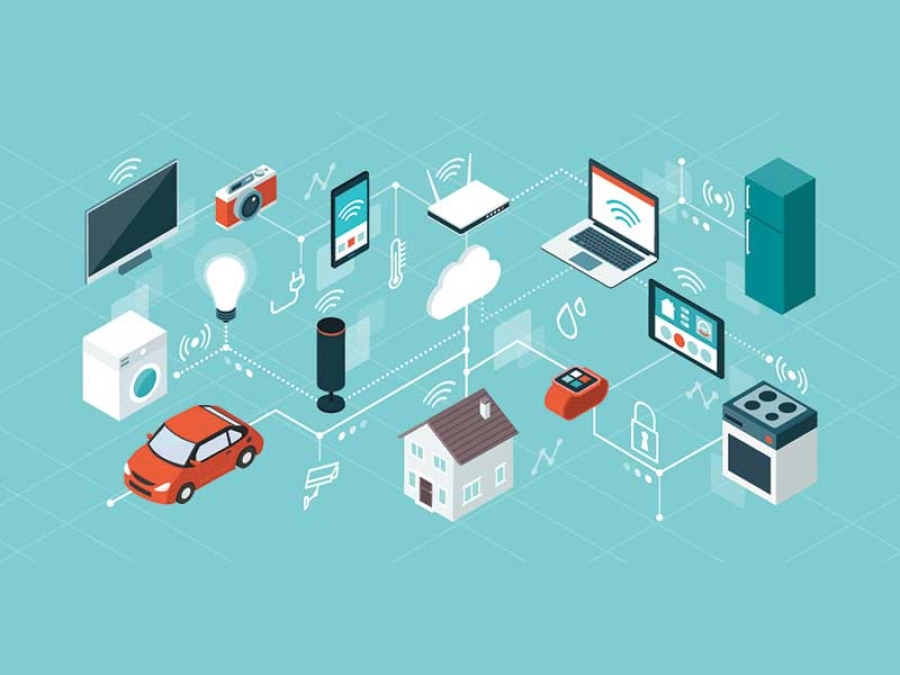The Internet of Things (IoT) has revolutionized the way we interact with technology, paving the way for interconnected smart devices that enhance convenience, efficiency, and connectivity in our daily lives. In this article, we'll explore the impact of IoT and how smart devices are transforming various aspects of our world.
Understanding the Internet of Things (IoT)
The Internet of Things refers to the network of physical objects embedded with sensors, software, and connectivity, enabling them to collect and exchange data over the internet. These objects can range from household appliances and wearable devices to industrial machinery and smart city infrastructure.
Key Components of IoT
The IoT ecosystem comprises several essential components:
- Devices: Physical objects equipped with sensors and connectivity to interact with the environment.
- Connectivity: Wireless or wired networks that facilitate data transmission between devices and systems.
- Data Processing: Cloud platforms and edge computing systems analyze and derive insights from collected data.
- Applications: Software interfaces that enable users to monitor and control IoT devices remotely.
Impact of Smart Devices on Our Lives
Smart devices powered by IoT technology have profoundly influenced various aspects of modern living:
1. Home Automation
IoT-enabled smart home devices such as thermostats, lighting systems, and security cameras offer convenience and energy efficiency by automating tasks and allowing remote control via smartphones.
2. Healthcare
IoT devices like wearable fitness trackers and remote patient monitoring systems enable continuous health monitoring, personalized treatments, and early detection of health issues.
3. Transportation
Connected vehicles equipped with IoT sensors optimize traffic flow, enhance driver safety, and provide real-time navigation assistance based on traffic conditions.
4. Agriculture
IoT applications in agriculture, known as smart farming, use sensors to monitor soil conditions, automate irrigation, and optimize crop yield through data-driven insights.
5. Industrial Automation
In industries, IoT-driven automation enhances operational efficiency, predictive maintenance, and asset tracking, leading to reduced downtime and optimized resource utilization.
Challenges and Considerations
Despite its transformative potential, IoT adoption comes with challenges related to data security, interoperability, and privacy concerns. Addressing these issues is crucial to realizing the full benefits of IoT technology.
Conclusion
The Internet of Things has ushered in a new era of connectivity and innovation, reshaping how we live, work, and interact with our surroundings. As smart devices continue to evolve and proliferate, embracing IoT technology responsibly will be key to harnessing its immense potential for a smarter, more efficient future.
Stay informed and explore the possibilities of IoT to leverage its benefits while navigating the complexities of a connected world.
